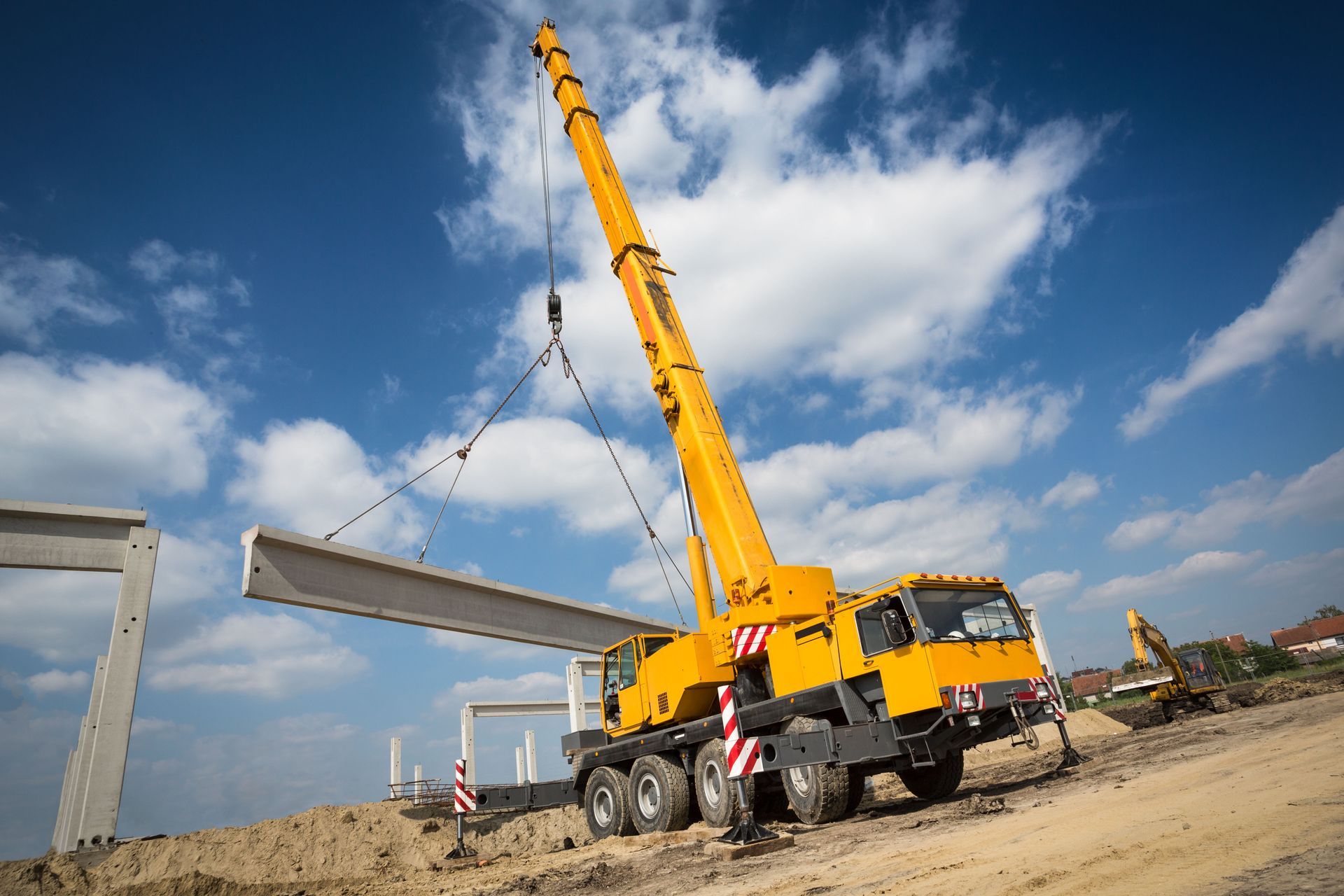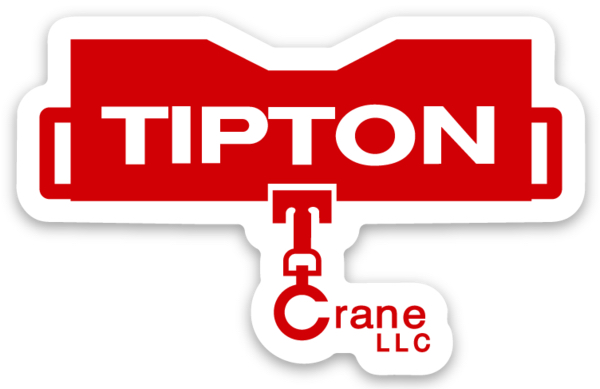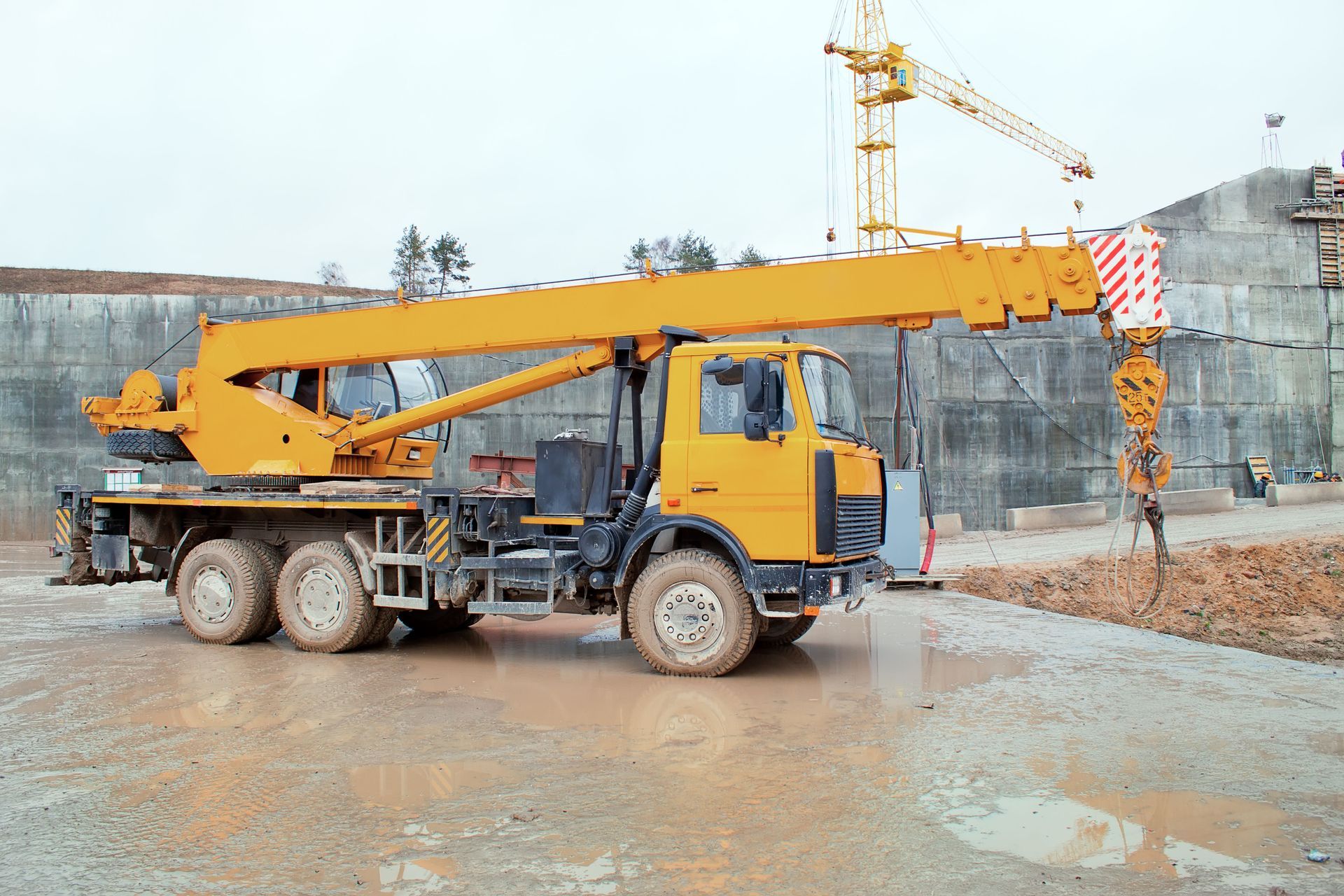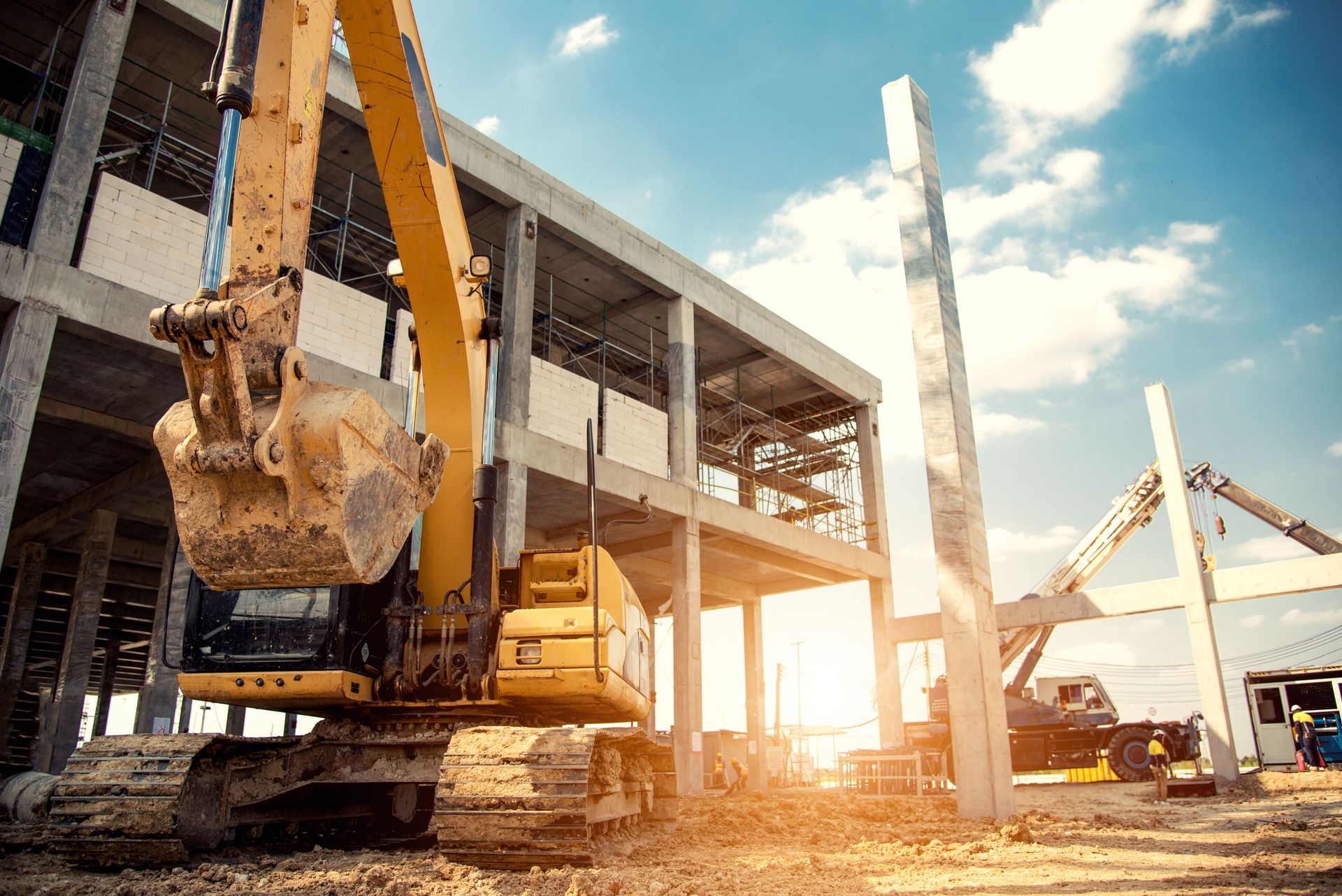5 Benefits of Using a Self-Erecting Crane on Site
Construction projects are complex undertakings that demand precision, efficiency, and safety. One of the most critical aspects of any site operation is material handling — lifting, moving, and placing heavy components accurately. For decades, tower cranes have been the go-to solution, but urban environments and fast-paced schedules have created a need for more flexible options. Enter self-erecting cranes: innovative machines that combine mobility, speed, and versatility in ways traditional cranes often cannot.
These cranes have become increasingly popular for a variety of construction projects, from residential high-rises to commercial developments. Their design allows for faster setup, safer operation, and reduced labor requirements, making them a practical choice for modern construction sites. In this article, we explore five key benefits of using these machines and why they are transforming site management.
1. Rapid Setup and Reduced Labor Costs
Time is money on construction sites. Traditional tower cranes require significant assembly, often taking several days and a large crew to get operational. In contrast, self-erecting cranes are engineered to be assembled quickly, often in under an hour, with minimal labor. This rapid setup not only accelerates project initiation but also reduces labor costs, making it easier for construction companies to stay on budget.
The ability to quickly set up a crane also has cascading benefits. Project managers can schedule lifts immediately, reducing downtime between tasks. Moreover, in multi-phase projects, a self-erecting crane can be dismantled and relocated efficiently, avoiding delays caused by stationary equipment. This flexibility is particularly valuable on sites where space is constrained or where multiple structures are being constructed simultaneously.
These cranes meet the demands for higher load capacities and faster setup times, demonstrating why their adoption is growing rapidly across the construction industry. Their efficiency allows construction teams to complete projects more quickly while maintaining high safety and quality standards.
2. Mobility and Space Efficiency
Construction sites are rarely expansive, especially in dense urban areas. Managing space is a constant challenge, particularly when large cranes and heavy machinery occupy valuable real estate. These cranes address this problem through their compact design and mobility. Unlike traditional tower cranes, which require significant setup space and permanent foundations, they can be delivered on standard trucks, positioned precisely, and be operational almost immediately.
The benefits of mobility extend beyond setup. They can be repositioned quickly as project needs evolve, minimizing the need for multiple pieces of heavy equipment. For example, on a multi-building development, a single crane can service several structures, moving between lift points efficiently. This not only saves time but also reduces the risk of accidents associated with frequent heavy machinery movement across crowded sites.
Additionally, the smaller footprint of these cranes allows for safer operations in tight spaces, reducing the likelihood of collisions with buildings, scaffolding, or other equipment. For projects in densely populated areas, this makes them an ideal choice. Their compact design also allows for faster repositioning on site, keeping projects on schedule without disrupting other ongoing work.
3. Load Capacity and Versatile Applications
Despite their compact and mobile design, these cranes are capable of handling impressive loads. Modern models can lift hundreds or even thousands of kilograms, making them suitable for a wide range of construction tasks. From placing steel beams and concrete panels to installing prefabricated modules, they are highly versatile.
This versatility reduces reliance on multiple specialized machines. For example, a construction site that might otherwise require both a mobile crane and a smaller tower crane can often manage with a single self-erecting crane. Not only does this streamline logistics, but it also reduces operational costs and site congestion.
Self-erecting cranes also adapt well to different project types, including residential, commercial, and industrial constructions. Their modular components allow for various boom lengths and lifting configurations, meaning a single crane can meet the unique demands of multiple projects without additional investment. This flexibility helps construction teams respond quickly to changing site requirements and unexpected challenges. It also allows managers to allocate resources more efficiently, ensuring that each project phase progresses smoothly.
4. Safety Measures and Risk Reduction
Construction safety is a non-negotiable priority, and these cranes are designed with advanced safety features that protect both personnel and materials. They often come equipped with automatic load monitoring, anti-collision systems, and overload protection, ensuring that operators can work confidently even in complex environments.
In addition, the minimal manual assembly required significantly reduces exposure to hazards. Traditional tower cranes often involve extensive setup at heights, increasing the risk of falls or mishandling. These models, by contrast, are mostly automated in their erection process, decreasing the potential for human error and injury.
This automation also allows projects to stay on schedule, as setup delays caused by manual errors are minimized.
Moreover, the compact and mobile nature of these cranes reduces site congestion, which itself is a safety benefit. Fewer large vehicles and equipment moving simultaneously means fewer chances for accidents. Combined, these features make this type of crane a safer choice for modern construction sites where efficiency and risk mitigation must go hand in hand. This streamlined operation also helps teams maintain consistent workflow and minimize project delays.
5. Operational Efficiency and Cost Savings
These cranes are not only faster and safer — they are highly efficient, providing substantial cost savings throughout a project. Their rapid setup and mobility reduce labor requirements, while their versatility decreases the need for multiple machines. This efficiency allows construction teams to complete tasks faster, reducing delays and keeping projects on schedule.
The financial benefits extend beyond labor and equipment. Transporting a single self-erecting crane is more economical than moving multiple cranes or heavy lifting devices. Additionally, reduced setup time means contractors can respond more quickly to changing project demands, improving overall workflow.
Operational efficiency also improves resource allocation. Workers who would otherwise be tied up in crane assembly and relocation can focus on other critical tasks. This maximizes productivity across the site and contributes to smoother project management. In a competitive construction market, these time and cost advantages can be decisive for contractors seeking to deliver projects on time and within budget.
These modern cranes represent a solution to the age-old challenges of construction: lifting heavy loads, managing limited space, ensuring safety, and maintaining project efficiency. Their rapid setup, mobility, high load capacity, safety features, and operational efficiency make them an invaluable tool for projects of all sizes. By streamlining multiple tasks with a single piece of equipment, they help construction teams maximize productivity and reduce overall project costs.
The construction industry is increasingly recognizing the value of equipment that combines these attributes. According to Future Market Insights, 75% of stakeholders prioritize advanced crane models that offer higher load capacities and faster setup times — a benchmark that these machines clearly meet. By adopting such advanced equipment, construction teams can save time, reduce costs, enhance safety, and maintain flexibility throughout the project lifecycle.
For contractors and project managers looking to improve productivity while minimizing risks and expenses, self-erecting cranes provide a practical and forward-thinking solution. Their growing popularity is a testament to their effectiveness in modern construction, and their continued innovation promises even greater efficiency in the years to come. Maximize efficiency and safety on your construction site with self-erecting cranes. Contact Tipton Crane LLC today to learn how our advanced cranes can streamline your projects and reduce setup time.





Share On: